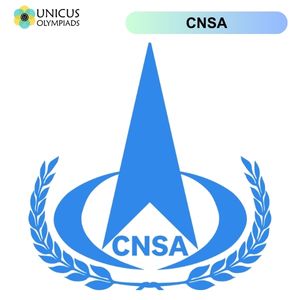

Space exploration is one of the most significant frontiers of modern science and technology. The race to dominate space has led to remarkable advancements in technology, from satellite communications to space travel and scientific discoveries that impact life on Earth. Currently, the United States, Russia, and China are the leading countries in space exploration, each contributing significantly to space technology and exploration. This article explores which country currently leads in space, the technological achievements that showcase their leadership, and what these advancements reveal about the role of technology in shaping global power and innovation.
The United States is often considered the leader in space exploration, due to its historical achievements, technological advancements, and ongoing space missions. Since the launch of its first satellite, Explorer 1, in 1958, to the successful Apollo 11 mission in 1969, which put the first humans on the Moon, the U.S. has been at the forefront of space exploration.
The National Aeronautics and Space Administration (NASA) has been the primary driver of U.S. space exploration. NASA was established in 1958 in response to the Soviet Union's successful launch of Sputnik, the first artificial satellite, which marked the beginning of the space race between the U.S. and the USSR.

The U.S. has been a leader not only in human space exploration but also in technological innovations that have transformed the space industry. American private companies such as SpaceX, Blue Origin, and Boeing have revolutionized space technology, making space exploration more cost-effective and accessible.
The U.S. has consistently led in fostering international collaboration in space exploration. It is a founding member of the International Space Station (ISS) program, working with countries like Russia, Japan, Canada, and the European Union to operate the ISS as a laboratory for scientific research and technological development.
Russia, formerly the Soviet Union, has been a dominant force in space exploration since the 1950s. The USSR's achievements in the early days of space exploration laid the groundwork for modern space exploration. While Russia’s space capabilities have evolved, it continues to play an important role in space exploration, particularly in the operation of the ISS and human spaceflight.
In the 1950s and 1960s, the Soviet Union was a global leader in space exploration. The USSR's achievements included the first satellite, Sputnik 1, in 1957, and the first human spaceflight, Yuri Gagarin’s Vostok 1 mission in 1961. These milestones were central to the space race and demonstrated Soviet technical prowess and ambition.

Although Russia's space program is not as expansive as the U.S.'s or China’s, it continues to be a key player in the operation of the International Space Station (ISS). Russia’s space agency, Roscosmos, provides transportation for astronauts to and from the ISS, and Russian cosmonauts regularly work aboard the space station.
China has rapidly become a global leader in space exploration, and its space program is recognized as one of the most advanced in the world. Over the past two decades, China’s space agency, the China National Space Administration (CNSA), has made significant strides in human spaceflight, satellite technology, and space exploration.

China has outlined a bold vision for space exploration, focusing on lunar missions, Mars exploration, and the construction of its own space station. With the successful launch of the Chang'e lunar missions and the Tianwen-1 Mars mission, China has shown its capacity for high-level space exploration.
China has also made major advancements in building its own space station, Tiangong, which means "Heavenly Palace." The first module of the station, Tianhe, was launched in April 2021, and China plans to complete the station with multiple modules by 2022. This will allow China to conduct long-term scientific research and offer a new platform for international cooperation in space.
The leadership of the United States, Russia, and China in space exploration has had profound implications for technology. Space programs have led to advancements not only in space technology but also in various industries on Earth. From satellite technology to computer science, medical advancements, and communications, the innovations developed for space exploration have transformed everyday life.
Space programs have been integral in the development of satellite technology, which is used for everything from weather forecasting to global communication, navigation, and internet access. The leadership of spacefaring countries in launching satellites and maintaining space networks has been critical in advancing global technology.
Space research has also led to numerous medical advancements, particularly in the fields of telemedicine, imaging, and medical equipment design. Space agencies, such as NASA, have developed technologies that are now used in healthcare, such as portable ultrasound devices and water purification systems.
Space exploration has driven significant advancements in materials science, as new materials are required to withstand the extreme conditions of space. These innovations have led to improved products on Earth, such as more durable construction materials, better coatings, and advanced insulation.